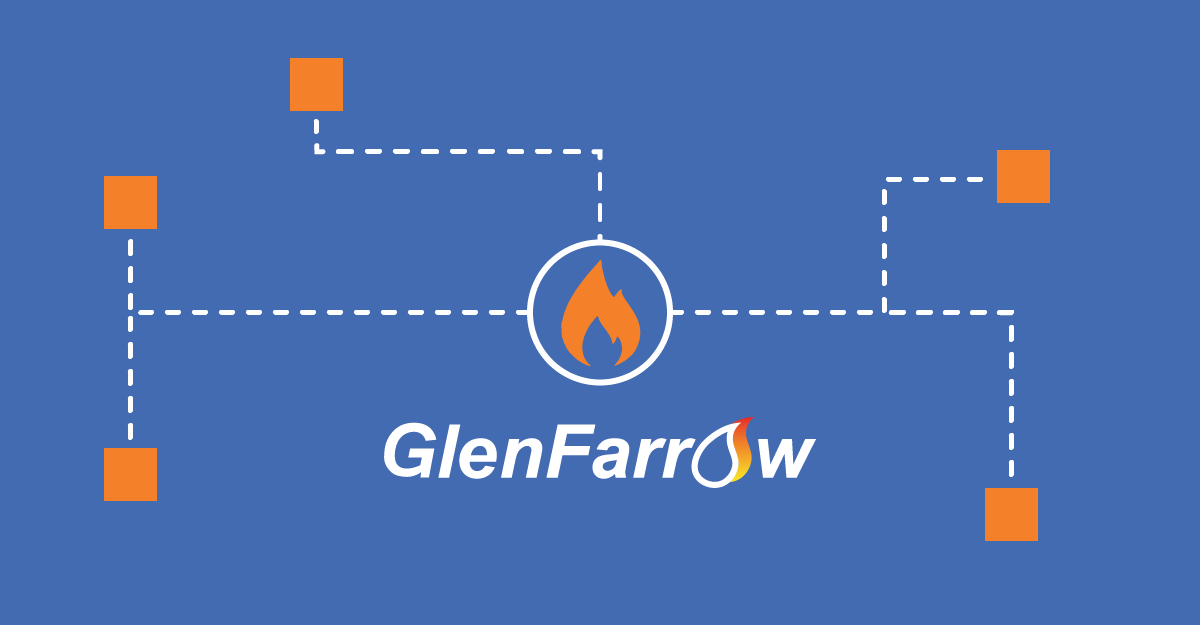
What is district heating?
District heating, sometimes known as a ‘heat network’, is the delivery of heat from a centralised energy centre. It is designed to connect multiple buildings or zones to the same heat network, then distributes the heat through highly insulated pipe to the different users.
In most cases there is a heating interface unit (HIU) or heat exchanger installed in each different building/zone. This means that every individual user with be able to control their heating and hot water without affecting the temperature of the other users.
The main reason is to provide low carbon energy cheaply and efficiently. If the system is using a biomass boiler as its heat source, then it can be a highly efficient and sustainable option for your heating.
There is the possibility to create a district heating system with multiple heat sources, and this enables the system to capture and even store waste heat from processes that otherwise would have been lost or intentionally wasted.
The benefits of district heating:
Highly efficient
Large centralised heat sources are much more energy efficient than having multiple smaller boiler units. These systems are known for their reliability and are a great way for getting the most out of your energy.
Reduced costs
Only having one plant room with one or multiple large boilers means that you will be able to save on installation, operation and maintenance costs.
Environmental impact
Installing a district heating system usually emits far less CO2 than having many smaller plants to heat multiple different buildings. If biomass is used as the central energy centre, the environmental impact is also reduced as the use of fossil fuels is eliminated and a renewable fuel source (wood) is used instead.
Space saving
District heating uses one plant room rather than lots of individual spaces. This means overall the system can take up considerably less space than a conventional system – freeing up space in the most valuable areas.
Versatility
Multiple energy sources can be combined into one district energy system. This means that multiple fuel types can be utilised and the most efficient, cost-effective system can be selected at any time.
Waste heat sources can be utilised very effectively in a district heating system and helps to reduce the overall cost per unit of energy produced.
Biomass district heating is great for off-grid areas
This is a very popular choice of heating for properties that are not connected to mains gas. Biomass is an ideal option, and cheaper, than other forms of fuel (heating oil and LPG). It is especially popular in agricultural areas where there could be many business units, farm buildings and homes.
Generally with district heating systems the more heat usage the more cost effective the system becomes.
To find out more about our district heating services get in touch here.